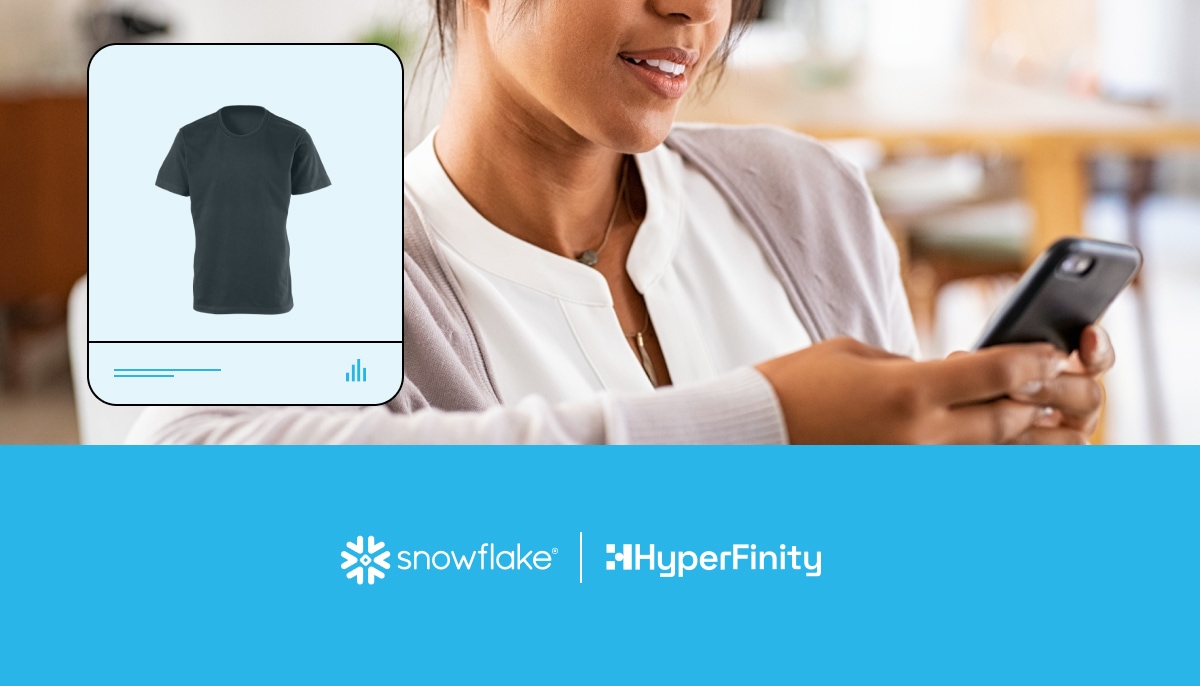To say the global retail market is challenging today would be a gross understatement. A rising cost of living, demanding consumer expectations, supply chain disruption and unforeseen public health crises like COVID-19 all contribute to the erosion of retailers’ bottom lines. However, retail media has in recent years emerged as an increasingly promising guard against these economic uncertainties and can even serve as a profitable revenue stream. Retail media refers to the ads posted on a retailer’s media network or e-commerce site that target customers at or near the point of sale. Against the mounting challenges of inflation and fiscal turbulence, retail media has emerged as a counterpoint to the surging costs of digital media, capitalizing on a company’s own first-party data in a way that not only generates more relevant attribution but also maintains customer data security.
1. Retail media provides new income stream opportunities
Shopping experience has changed dramatically over the last few years. As stores closed and lockdown measures restricted physical shopping during the pandemic, shoppers flocked online in droves, accelerating ecommerce adoption by almost a decade.
Consumers increasingly spending time in digital stores has uncovered a powerful though frequently underused asset for retailers to leverage: first-party data. With first-party data, retailers can more accurately and directly target what customers really want through information they already collect—customer demographics, purchase history, or at what price points these purchases were bought. This information is crucial for retailers to better understand customer behavior, helping them optimize their marketing strategies and reach consumers with more personalized messaging.
2. Third-party cookies are being phased out
Unlike first-party data, which retailers already collect from their consumer base and have ownership of, third-party data is collected by an entity that’s entirely separate from your audience—often gathered via third-party cookies. While this kind of data collection is scalable for retailers and reaches up to billions of data points across businesses and audiences, it presents significant concerns about violating user’s privacy rights.
By the end of 2024, Google will begin to phase out support for third-party cookies. Other companies like Firefox and Apple have already taken steps to enhance user privacy and comply with stringent privacy regulations such as the EU’s General Data Protection Regulation and the California Consumer Privacy Act.
What does this mean for retailers?
With the death of third-party data collection, retailers must move away from reliance on third-party media campaigns. First-party data is a promising alternative that can both capture consumer behavior and maintain data privacy for users.
3. It’s the next logical step for retailers accumulating first-party data
Most retailers already collect first-party data. Information on demographics, purchase history, and consumer preferences is key for building great retail media campaigns. With these data sources already in place, it’s only logical for retailers to continue amassing first-party data to generate more accurate insights about their customers’ consumption behaviors.
Understanding which products to advertise to which consumers helps retailers optimize their marketing and media strategies. For example, if Customer A just bought a pair of jeans, showing them ads for more jeans will likely prove ineffective. However, if you understand Customer A’s shopping behavior around products like jeans, you can serve ads that are more engaging, such as complementary products like belts and shoes.
4. You’ve already got the right tech in place
If you’re a Snowflake customer, the Data Cloud can help you securely manage your first-party data, first by integrating and analyzing the raw collected data and then by transforming it into meaningful insights through a decision intelligence platform like HyperFinity.
Creating customer segments and need states, as well as product attributes and affinity, is crucial for the success of targeted media campaigns, which don’t waste advertising budgets. For example, targeting segments based on customers’ characteristics (like ‘vegan’ or ‘value-conscious’) with product sets they’re most likely to respond to is critical for successful retail media.
5. Retail media is a win-win for everyone involved
Retail media is not just a boon for retailers but also for every party involved:
- Retailers diversify their income streams in challenging economic times.
- Suppliers sell more products through ads targeting consumers already in a shopping mindset.
- Customers benefit from relevant and rewarding shopping experiences through personalized media.
This kind of ecosystem boosts returns on ad spending for retailers and media companies. It also benefits customers whose expectations are rapidly changing in the midst of economic crises and digital consumption trends. Retail media helps retailers and suppliers coordinate joint campaigns and advertising networks for audiences. This kind of personalization effectively targets customers to drive relevancy and conversion.
Looking to understand how data can power effective retail media campaigns? Download Snowflake’s latest ebook, written in conjunction with our partner HyperFinity.
